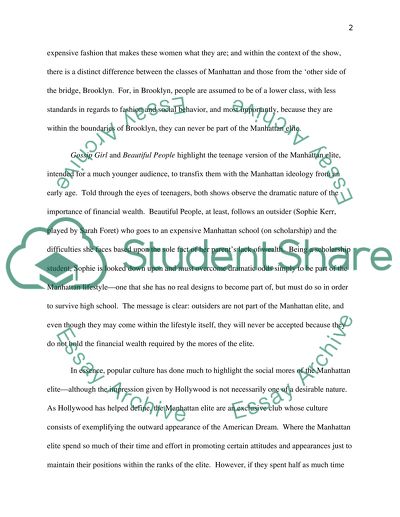Cite this document
(“The Manhattan Elite Research Paper Example | Topics and Well Written Essays - 2500 words”, n.d.)
Retrieved from https://studentshare.org/sociology/1398548-the-manhattan-elite
Retrieved from https://studentshare.org/sociology/1398548-the-manhattan-elite
(The Manhattan Elite Research Paper Example | Topics and Well Written Essays - 2500 Words)
https://studentshare.org/sociology/1398548-the-manhattan-elite.
https://studentshare.org/sociology/1398548-the-manhattan-elite.
“The Manhattan Elite Research Paper Example | Topics and Well Written Essays - 2500 Words”, n.d. https://studentshare.org/sociology/1398548-the-manhattan-elite.


